I previewed an early version of the Gemini PDA a few months ago, giving the product a cautious thumbs-up with the caveat that it clearly wasn’t finished. And there was so much to like. A British company aiming to update the Psion Series 5 for the 21st century, with a colour screen, Android and a Qwerty keyboard. Brilliant!
The company elegantly sidestepped accusations of plagiarism by hiring design agency Therefore to help create the keyboard; an agency founded by none other than Martin Riddiford, the man behind the original Psion keyboard design.
READ NEXT: The best smartphones you can buy
Planet Computers – which was created to develop the Gemini PDA as part of an Indiegogo campaign that found 6,209 backers and raised over $2 million – hasn’t made significant changes to Android for the Gemini, but note you will be running in landscape mode for 98% of the time. It’s also added a keyboard shortcut that activates a dock at the bottom of the screen, allowing you to quickly launch any favoured apps. Word and Excel are both there on the shortcut list, for instance.
Gemini PDA 4G+WiFi £599.99 Buy now
The Gemini will eventually have the option to dual-boot into Debian Linux, and an update for Android 8.1 is promised down the line, but for now you’re stuck with Android 7.1.
Gemini PDA review: Keyboard
I wanted to love the Gemini’s keyboard; I have fond memories of typing thousands of words on my 5mx. But the trouble with keyboards is that if you make one mistake during the design process then they can be thoroughly annoying to type on. Early backers of the Gemini PDA, who have already received their units, have talked about the learning curve with the keyboard, but you have to be a patient learner. It turns out I’m not.
The biggest problem is the spacebar. If I had left this paragraph exactly as I wrote it on the Gemini, it would be littered with double spaces between some words and no space at all between others. One time in ten it would register two spaces rather than one, no matter how I adjusted the Gemini keyboard settings. One owner suggested you could get around this by pressing the spacebar in the middle, but if I’m typing at speed the whole point of the spacebar is that one of my thumbs can do the job.
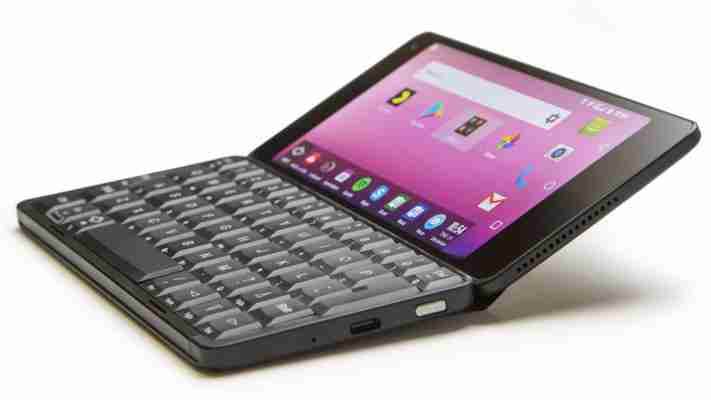
The final keyboard doesn’t have the cushioned brilliance of the original either. Plus, while Gemini has stayed true to the original Psion 5 keyboard’s design, I think it could have made improvements. For instance, I wish it had made the Enter key a fraction wider. All too often I find myself hitting the apostrophe by accident. When touch-typing, I also find my left thumb in an awkward position touching my right hand; this became uncomfortable after a couple of minutes. And I don’t have big hands. It also feels weird not to have the oft-used @ symbol above the apostrophe.
In as much as you can have hard data for typing speed, this again isn’t on the side of the Gemini. Over the course of my week with the PDA I kept on testing my speed, and never got over 40 words per minute. I can hit 70wpm on a full-sized keyboard and, most damningly, I typically reach about 35wpm using the Android keyboard on my normal phone.
Gemini PDA 4G+WiFi £599.99 Buy now
This is a huge shame. I love the theory of a full-sized keyboard on a phone, and contemplated making the Gemini my next Android device when I first saw it – and let me emphasise that I think the designers have done a 90% great job. But the keyboard’s minor flaws translate into major frustrations. Perhaps I could train myself out of them if I used the Gemini for a few weeks, but there’s no guarantee.
Gemini PDA review: Design hiccups
There are other frustrations, especially if you intend for the Gemini PDA to become your main device. If you think about your daily usage of a phone, much of it is a straight interaction with a screen – and a screen designed to be used in portrait mode. Take browsing the web. Scrolling down a page is so simple on a normal phone that your brain goes into neutral. With the Gemini, the keyboard gets in the way. Even if you hold it in landscape mode, it feels awkward and you’re constantly scrolling to read the text.
You’ll quickly become tired of entering the PIN each time, too: there’s no fingerprint reader, and you have to awkwardly prod the screen rather than tap the physical keyboard. At least you can enable Google’s Smart Lock so that it stays unlocked while it’s “on body” or near to a Bluetooth device that you’ve set up (for example, a smartwatch).
There are also signs that this is a first-generation device. The fact you can’t charge using the USB-C port on the right-hand side, for example, and that this device gets rather toasty if you charge it using a Quick Charge 3 adapter. Not to mention the odd choice of a micro-SIM slot when the rest of the world has moved to nano-SIMs.
Gemini PDA review: Design positives
There are plus points to the design, and ones that point to this being a secondary email machine rather than your main phone. Let’s say it’s 7.30am and you want to triage your emails before work. It’s perfectly possible to do this on a normal phone, but only with two hands-free. You can sit the Gemini in front of you and flick through emails with one hand while eating your toast with the other.
This is one time where the keyboard works well, too. In a way, it’s better suited to hunt-and-peck typists than touch typists, so if you want to bash out a quick reply with one hand, or need to enter non-standard text such as email addresses, then it feels quicker than with a normal phone.
Having two USB Type-C ports with OTG (On-The-Go) support is great too, because it means you could plug in a monitor and mouse and turn this into a true mini computer. For this, you'll need Debian Linux – the Gemini will eventually ship with a dual-boot option. We’re still waiting for this to ship, although you can flash the firmware and load the “Technology preview” of the operating system.
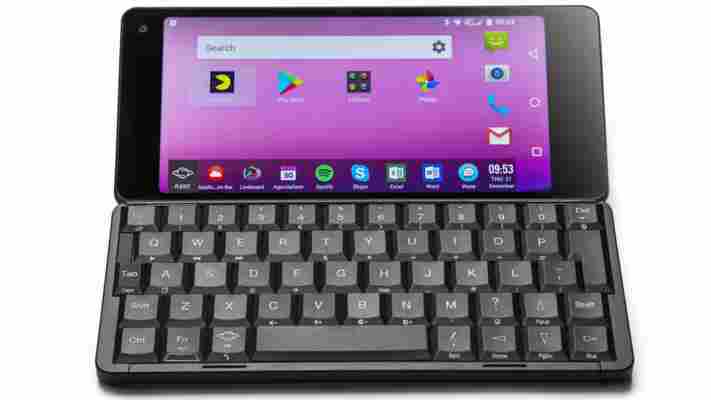
The voice assistant works well too. When closed, you can press it and a beep tells you that Google Assistant is now listening. Give it a command – such as “Call Karen Smith”, where Karen is saved in your contacts list – and lo it shall happen. That’s particularly handy for phone calls, because you don’t want to open up the clamshell, navigate to the Phone app and find the contact you want to call.
If you receive a call, there is (theoretically) a way to assign a unique pattern of flashing LEDs to show who’s on the line before you accept it. It’s no substitute for an external LCD, but will surely appeal to the geek audience most likely to buy the Gemini. And, so long as you don’t mind being seen holding a lump of metal against your head, it works well as a phone too, automatically detecting which end you’re speaking into and turning the other into the speaker for the duration of the call.
Gemini PDA 4G+WiFi £599.99 Buy now
The screen is also praiseworthy. Measuring 5.99in across the diagonal with a 2,160 x 1,080 resolution, colours are vibrant. It survived the examination of our X-Rite calibrator, covering 97% of the sRGB gamut with a contrast ratio of 1,077:1 and a maximum brightness of 427cd/m ² . Just don’t expect colour accuracy, with an average Delta E of 4.58.
Gemini PDA review: Speed and battery life
This isn’t the world’s quickest phone. Scores of 1,728 and 4,888 in the Geekbench 4 single- and multi-core tests respectively place it next to mid-range phones such as the LG G6 . That’s despite the Gemini including a ten-core processor and 4GB of RAM, which goes to show that numbers aren’t everything. But the same is true of benchmark figures: I was quite happy with the Gemini PDA’s responsiveness during testing.
It includes a Mali T880 graphics chip, which also sits in the mid-range for graphics performance. An off-screen score of 17fps in the GFXBench Manhattan test shows that it can cope with modern games, but it’s a long way behind the 60fps of the OnePlus 5T, for instance.
Where the PDA excels is battery life. Not so much its score in our video-rundown test, where it lasted 11hrs 6mins, but in real-world use. Planet Computers claims it can last two weeks in standby mode, so if you do sling it in a bag for emergency use then you can forget about it until you need it. You can also charge it from zero to full in an hour and a half.
Gemini PDA review: Enthusiast or hobbyist?
Although this is a finished, commercial product, there are still signs that it stems from an Indiegogo campaign. We’re waiting on several items, such as the promised Gemini calendar that will revive the much-missed year-on-a-single-screen view provided by Psion. And while it’s possible to create patterns for the external LEDs, you can’t yet assign them to events. As I write, in late April, the add-on rear camera isn’t quite ready for shipping either.
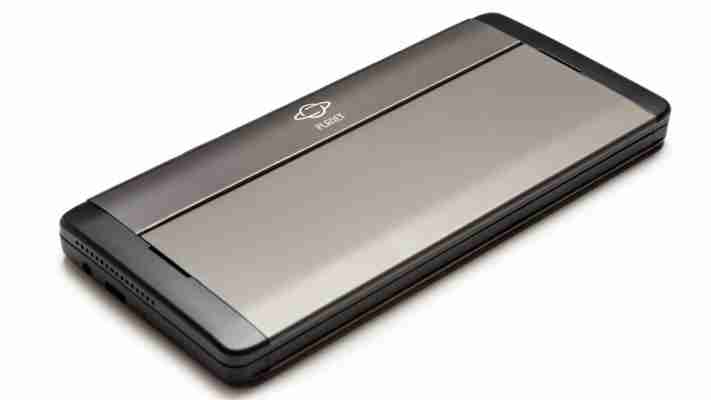
Then there are the documentation gaps. You get a handy Getting Started booklet in the box, but the Planet Computers site lacks detailed information. And some info is plain wrong: in some places it says the screen is 5.7in and that the Gemini weighs 400g; in others, 5.99in and 320g. In actual fact, it measures 5.99in and weighs 304g. I also measured it at 14mm thick, 1.1mm less than the official stats.
Gemini PDA 4G+WiFi £599.99 Buy now
Gemini PDA review: Verdict
When I first saw the Gemini PDA in January, I wanted one. Now that I’ve played with the finished product, my ardour has cooled. That’s in part due to the price, in part due to my disappointment with the keyboard, but in the main because I think it would only ever be a secondary device: I badly missed my phone’s pick-up-and-proddability.
This isn’t to say a niche doesn’t exist for the Gemini. A full keyboard has benefits for specific tasks where predictive text simply isn’t effective. Once Debian arrives, it will be a full computer in your pocket too. And I know that many existing Gemini backers are delighted with the product.
If you think you will be too, then don’t be put off by the three-star rating. There’s much to like about the Gemini, and I wish Planet Computers success as it continues to develop it. But for now, I’ll tuck my £599 back under the mattress.
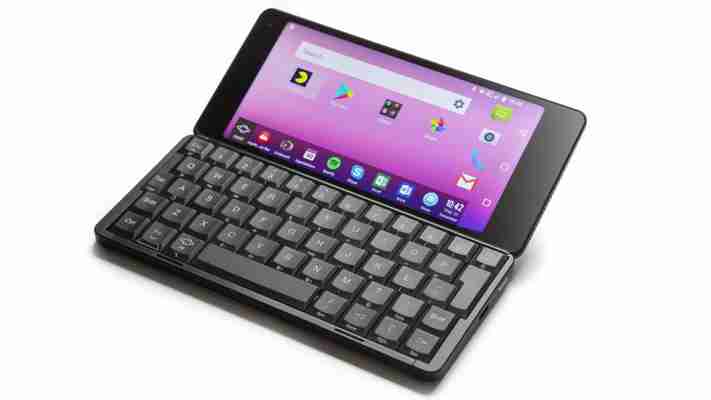


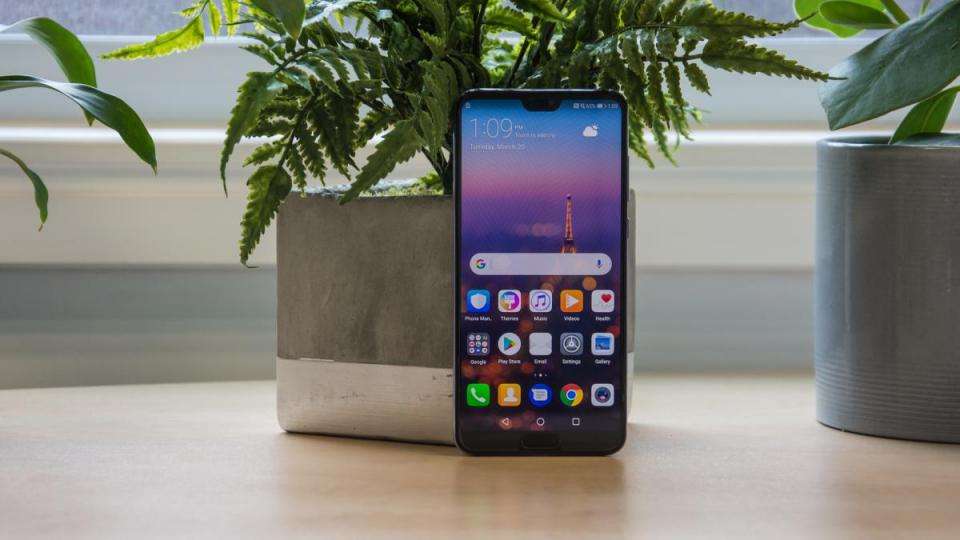
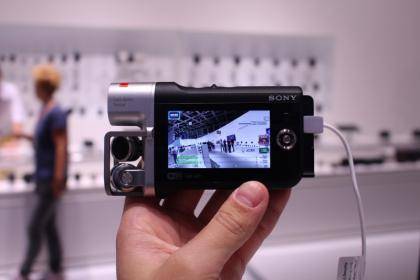
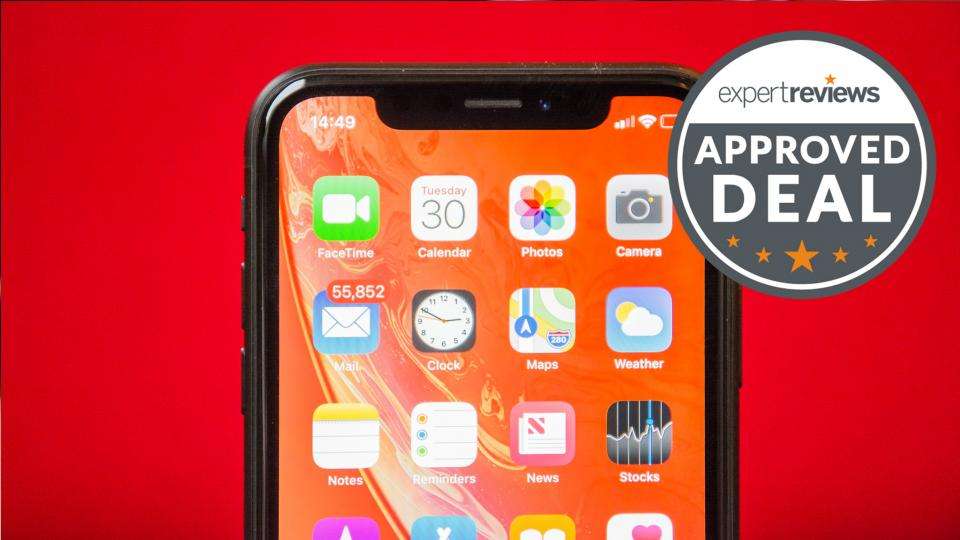
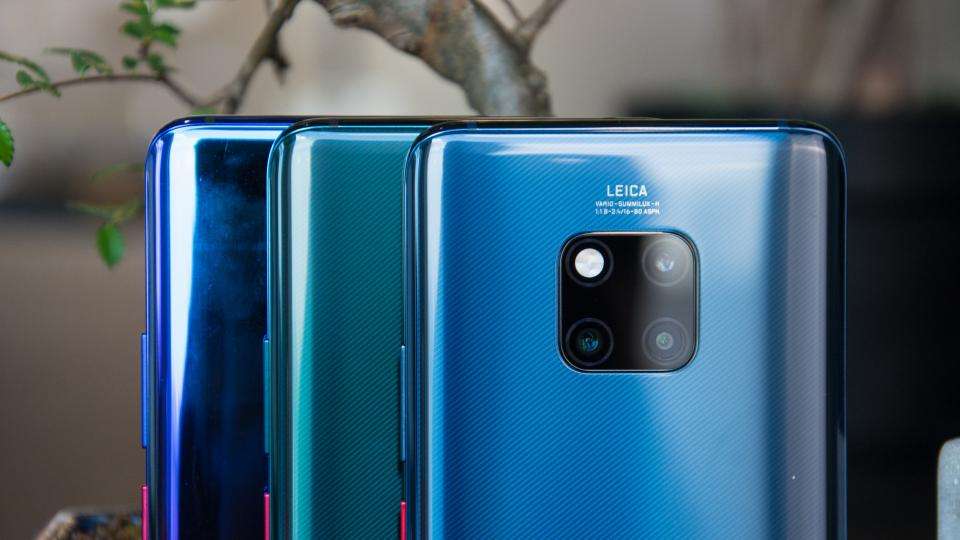
Leave a Reply